October is a month filled with spooky fun, from haunted houses to ghostly costumes. But when it comes to your personal finances, there are some spooky things you should definitely avoid.
1. Ignoring Your Budget
As the holiday season approaches, it’s easy to get caught up in the excitement and let your spending spiral out of control. But ignoring your budget can lead to a ghostly apparition: overspending. Without a clear plan, expenses can creep up on you, leaving you with a chilling credit card bill or an empty bank account.
To avoid this, make sure you set a budget and stick to it. Plan for upcoming expenses, including fall festivities, and keep track of where your money is going. Remember, a budget isn’t meant to be restrictive—it’s a tool to help you stay in control of your finances.
2. Relying Too Much on Credit Cards
Credit cards can be convenient, especially when you're shopping for costumes, decorations, and treats. But relying too much on them can lead you down a trapdoor into the dark world of debt. High interest rates can quickly turn a small purchase into a large financial burden, leaving you with a trick instead of a treat.
To avoid falling into this trap, use credit cards responsibly. Only charge what you can afford to pay off in full each month, and consider using cash or a debit card for smaller purchases. If you already have credit card debt, make a plan to pay it off as quickly as possible.
3. Skipping Emergency Savings
One of the scariest financial mistakes you can make is skipping out on building an emergency fund. Life is full of unexpected surprises—car repairs, medical bills, or even job loss. Without an emergency fund, these unexpected expenses can turn into a financial nightmare.
Start by setting aside a small amount each month until you have at least three to six months' worth of expenses saved. Having this cushion will give you peace of mind and protect you from financial monsters lurking in the shadows.
4. Neglecting Retirement Contributions
It’s easy to put off retirement savings when there are more immediate financial concerns, especially with the holidays around the corner. But neglecting your retirement contributions can come back to haunt you later in life. The longer you wait to save, the more you miss out on the magic of compound interest, and the harder it becomes to catch up.
Make retirement savings a priority, even if it means making small sacrifices in the present. Contribute regularly to your retirement accounts and take advantage of any employer matching programs.
5. Failing to Plan for Taxes
Taxes might not be on your mind in October, but failing to plan for them can lead to a terrifying surprise when tax season rolls around. If you’re not withholding enough from your paycheck or overlooking potential deductions and credits, you could end up owing more than you expected.
Take the time now to review your tax situation. Adjust your withholding if necessary, and consider meeting with a tax professional to ensure you’re on the right track. Planning ahead can help you avoid the horror of a large tax bill come April.
Don’t let these spooky financial mistakes turn your October into a nightmare. By keeping an eye on your budget, using credit wisely, building an emergency fund, staying on top of retirement contributions, and planning for taxes, you can ensure that your finances stay healthy and strong.
